Following is from http://dailypioneer.com/290501/Why-I-would-prefer-a-captive-port-for-Posco-steel-project.html.
Getting into the port town of Paradip after the ordeal of a tiring long journey from Cuttack on the State Highway is refreshing; sweeter than reaching an oasis after a long wandering in a vast desert depicting inertia and obscurantism. The experience of the musical fountain in a well-nurtured garden, the sight of a modest golf course, the neat avenues and bountiful hospitality linger on for long. The port has been expanding. Whereas the port handled 30 million tonnes (MT) of cargo in 2004-05, it handled an impressive 57 MT in 2009-10. This is the port I had served as chairman for five years, many years ago.
Many incidents surface in my memory — the removal of the two sunken dredgers close to the entrance channel of the port; the visit of the chairman of Indian Oil Corporation for setting up a refinery. Then, the Posco team’s visit for setting up a steel plant at the port town and Chief Minister Biju Patnaik’s long discussion on the issue with the visiting Koreans at the port guesthouse. At the guesthouse, one finds the foundation stone for the port with the prophetic description of the birth of the port ‘as yet another national adventure’ by Prime Minister Jawaharlal Nehru.
History is perhaps going to repeat itself. We are likely to see yet another national adventure on the coast, about 10 km south of the Paradip lighthouse. Should this happen, India’s east coast would have the most modern captive port at Jatadhari that would handle vessels of 170,000—220,000 DWT. The port would have facilities for handling smaller vessels as well. This port would be coming up at a time when the country is in great need to increase port capacity to bridge a huge anticipated capacity-gap of around 250 MT for dry cargo by 2013. On any given day, about 150 ships are waiting at anchorage in Indian waters. This amounts to an annual loss of `2,400 crore. Kandla Port handled the highest traffic in 2009-10 with 79.52 MT, and all the Major Ports handled 561 MT during the year. Share of traffic of the non-major ports has been increasing. It has risen to 206 MT in 2009-10 representing 37.5 per cent of the traffic of Major Ports.
The port sector, however, has to do much more. India’s Shipping Minister recently announced plans to triple capacity in the next 10 years so that India’s total capacity is boosted to 3,200 MT. Therefore, pace of entry of private players into the port sector has to gain momentum. Pipavav, Mundra, Krishnapatnam and Dahija are successful ports developed though private investment. Private developers would also be creating new ports at Dighi and Rewas (Maharashtra), Vizhinjam (Kerala), Kalpi (West Bengal), Gopalpur and Dhamra (Odisha). Private investments have also been made in different terminals of Major Ports like JNPT, Cochin, Haldia, Vizag, Tuticorin and Chennai. More private investments would only make our port sector viable and competitive.
The location of the proposed port at Jatadhari, south of the existing Paradip Port, would create immense opportunities for development of infrastructure facilities. Most promising opportunity for the people could be in the eight-lane expressway to connect the new port with Bhubaneswar.
One would only wish that the planners for the highway do not succumb to pressure for a zigzag alignment for the road so that it runs close to thick habitations .A straight line alignment, on the other hand, would induce planned development of the area. The proposed 12-km six-lane road along the coast would connect Paradip and the new port and make this stretch of the shore extremely popular with tourists. Besides, the new port would have connectivity with the NH-5A and the State Highway connecting Cuttack. At least two rail connections, one with Cuttack-Paradip line and the other with the proposed Haridaspur-Paradip line, would provide access to the steel plant and the new port. Plans are afoot for a dedicated rail-line from the mines to the new port. Though linking Jakhapura (on Kolkata-Chennai trunk route) with Banspani (in the mining belt) would be helpful, this line would not provide convenient access to many rich iron ore deposits of Sundargarh and Keonjhar districts. A new line should therefore connect Barsuan with the Banspani-Keojhar section and Barsuan should be connected with Talcher. The new port should be connected by a new rail-line with either Barang or Bhubaneswar by avoiding Cuttack. Such a comprehensive rail network only would ensure complete integration of the existing and the new ports with the hinterland.
Some view that the proposed port would have adverse effect on Paradip Port. People connected with Paradip are aware of the littoral drift of sand along the coast from south to north; the gradual accretion of land south of the southern breakwater of Paradip Port and erosion of land north of the northern breakwater. To contain the erosion, a seawall has been constructed north of the northern breakwater that runs up to the point of confluence of the Mahanadi with the sea. The northern breakwater of the proposed port is sometimes perceived as a feature, which could induce similar erosion of land towards Paradip. This apprehension however is unfounded, as this problem would surely be tackled through suitable engineering measures. The embankment form is expected to have in the middle portion quarry-run materials like boulders of different sizes; the seaside of the embankment is likely to be protected with acropodes and the landside with a concrete surface. The embankment is likely to be 7.5 metres high from the mean sea level and there is to be a wide road on top of it. The northern portion of the north breakwater of the new port is to be more effectively protected through better engineering measures. The southern breakwater of the port would arrest good quantity of north-moving sand and this would in fact help Paradip Port where the annual dredging would be less.
The other area of concern relates to the possible adverse impact on the business of Paradip Port. The cargo for the new port, it is pointed out, could be easily handled by Paradip Port. Actually, there is greater advantage in having two ports. The new port is expected to handle ultimately around 40 MT of cargo, but the development of the port has to go in tandem with the development of the steel plant. A port captive to the mother industry alone would be in a position to develop in conjunction with the development of the mother industry whereas such coordination may not always be possible if the port is a public port. A public port is meant to meet the requirement of many users in the hinterland.
Landlocked States in the hinterland of Paradip Port, Jharkhand and Chhattisgarh, are poised for rapid industrial development and their industries along with those in Odisha would depend on Paradip Port. Paradip Port would not be in a position to handle an additional cargo of around 40 MT of Posco plant. It is therefore only appropriate that the existing and future capacity of Paradip Port is taken advantage of by a large number of users and the Posco cargo handled by a captive port.
The new port should not therefore cause any concern; it is only a logical and welcome part of Posco-India’s project that is surely going to bring in an integrated development of the hinterland.
— The writer, a former IAS officer, can be reached at punarbashu@gmail.com
October 18th, 2010 | Chitta Baral | Comments Off on Dr. Prasanna Mishra (retired IAS and ex-Chairman Paradip Port) on why he would prefer a captive port for POSCO project
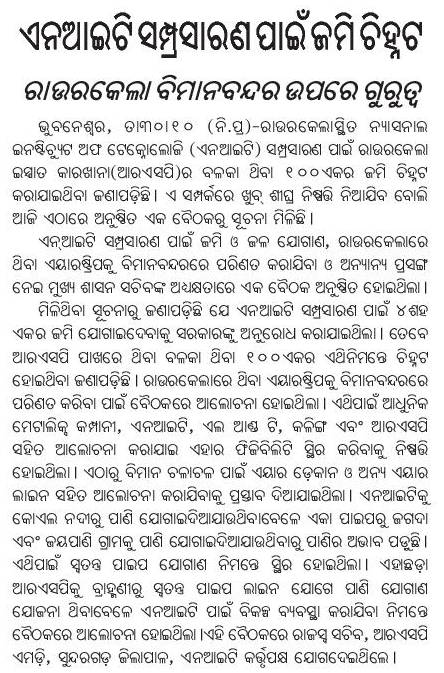
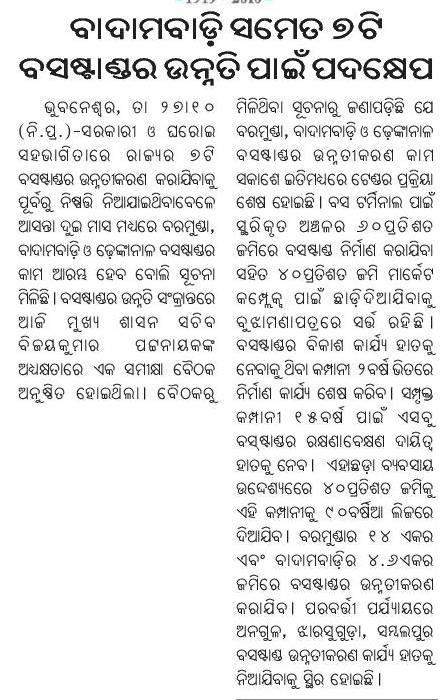
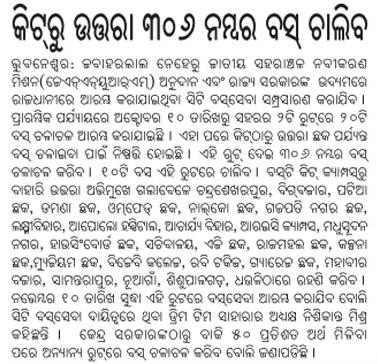
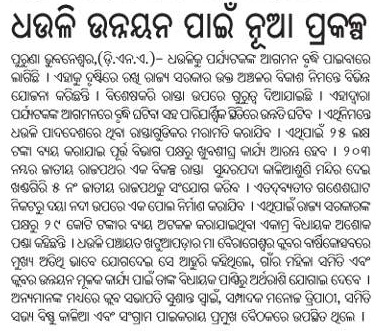
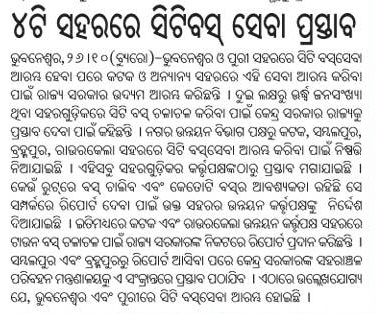
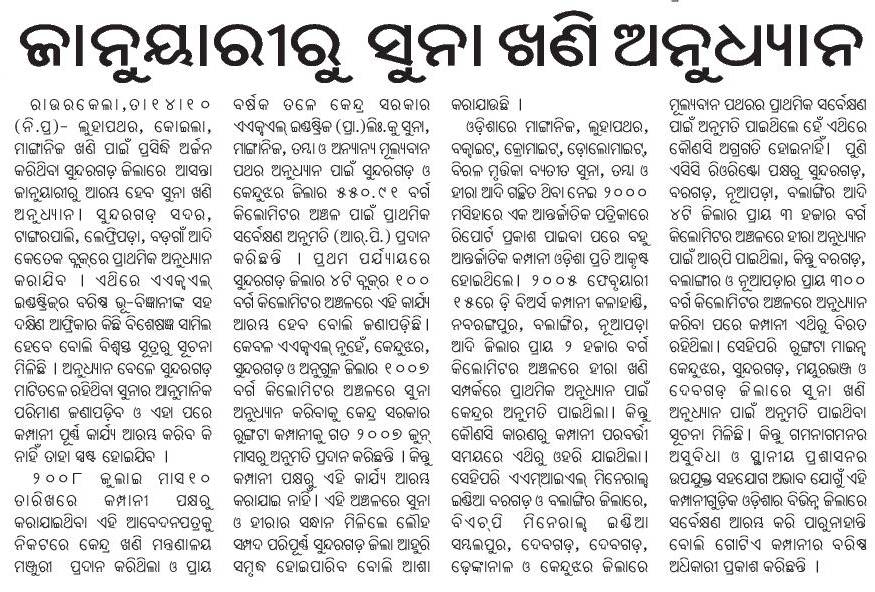
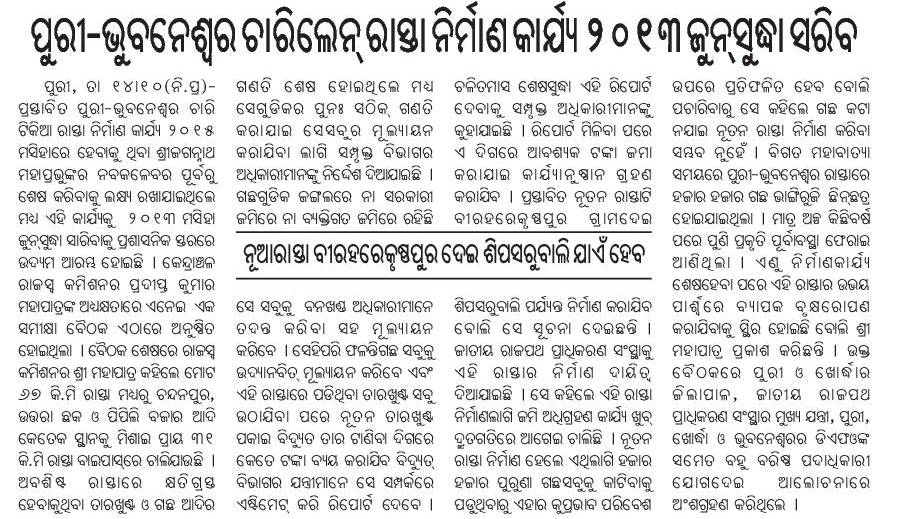
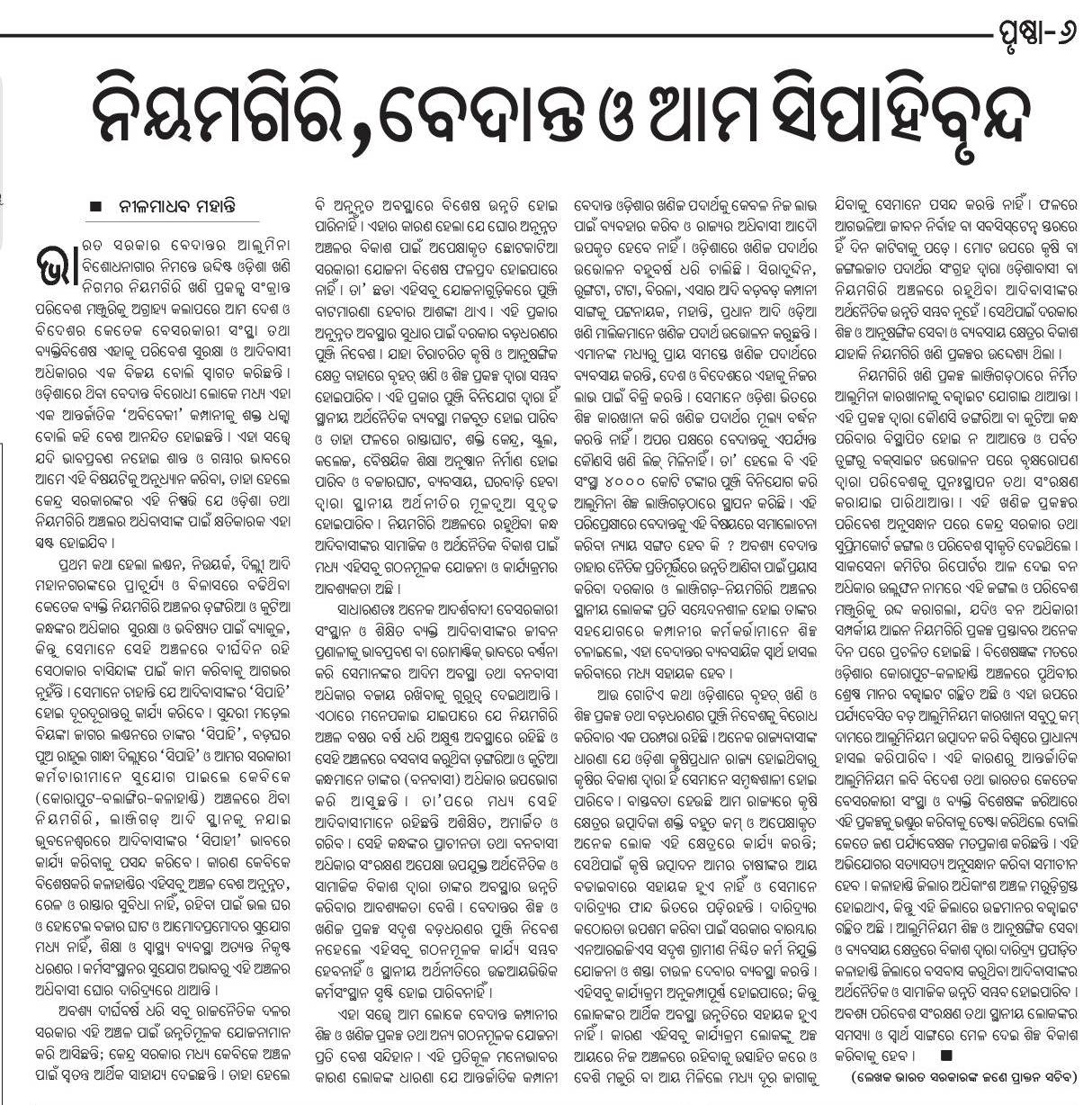
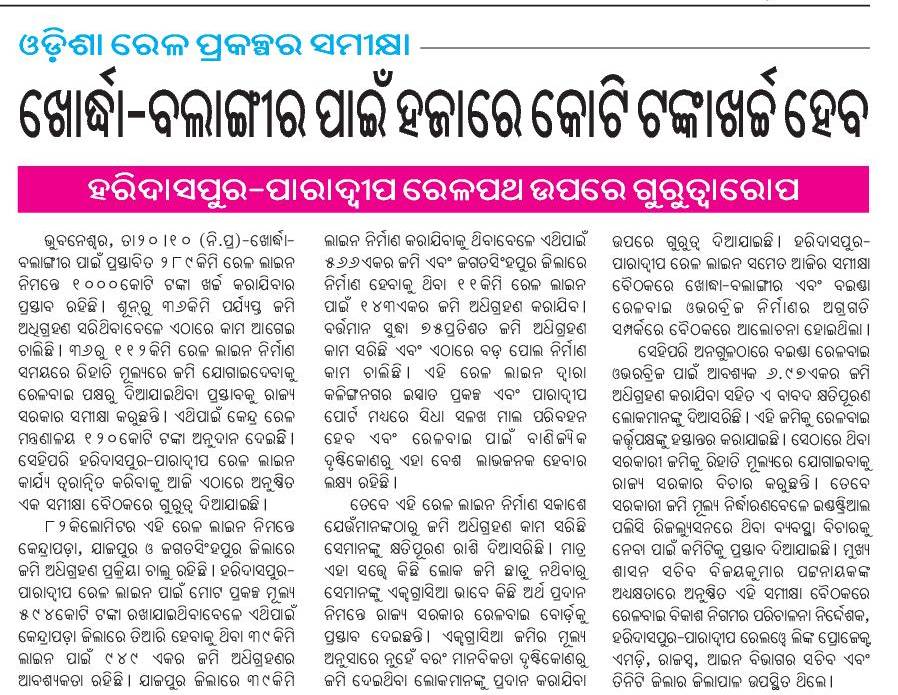
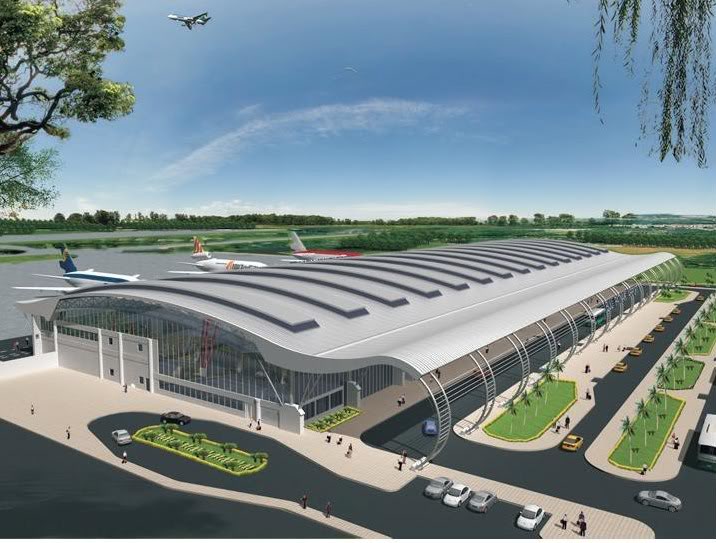
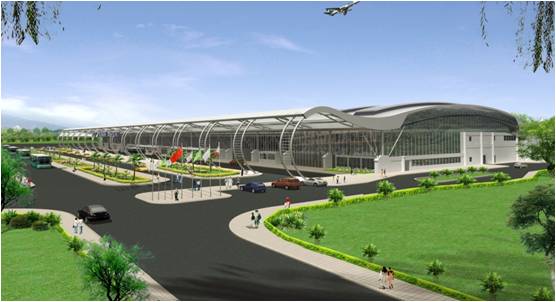
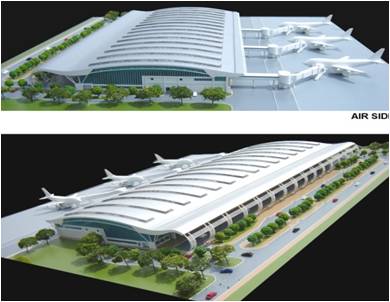
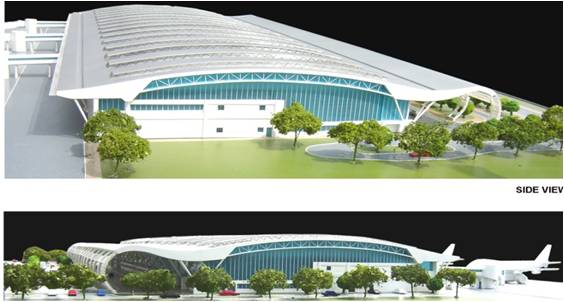
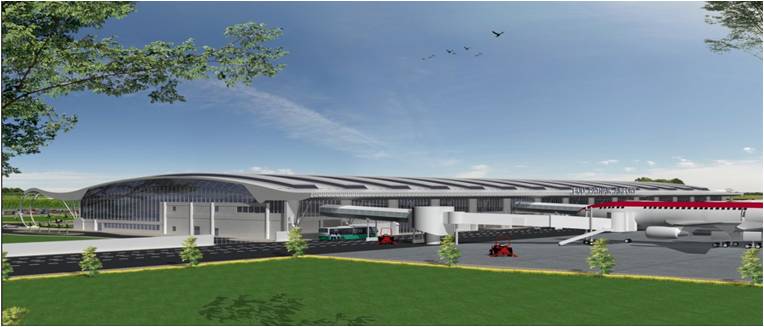 Tourism is only one aspect of Bhubaneswar. The others include: capital city, metropolitan area of 1.9 million, educational and knowledge hub (e..g., 70+ engineering colleges) and surrounded by emerging industrial and business centers (Berahmpur, Angul, Kalinganagar, Paradeep) and existing and emerging ports (Paradeep, Dhamara, Gopalpur and many new ones in pipeline).
Tourism is only one aspect of Bhubaneswar. The others include: capital city, metropolitan area of 1.9 million, educational and knowledge hub (e..g., 70+ engineering colleges) and surrounded by emerging industrial and business centers (Berahmpur, Angul, Kalinganagar, Paradeep) and existing and emerging ports (Paradeep, Dhamara, Gopalpur and many new ones in pipeline)..jpg)
.jpg)

